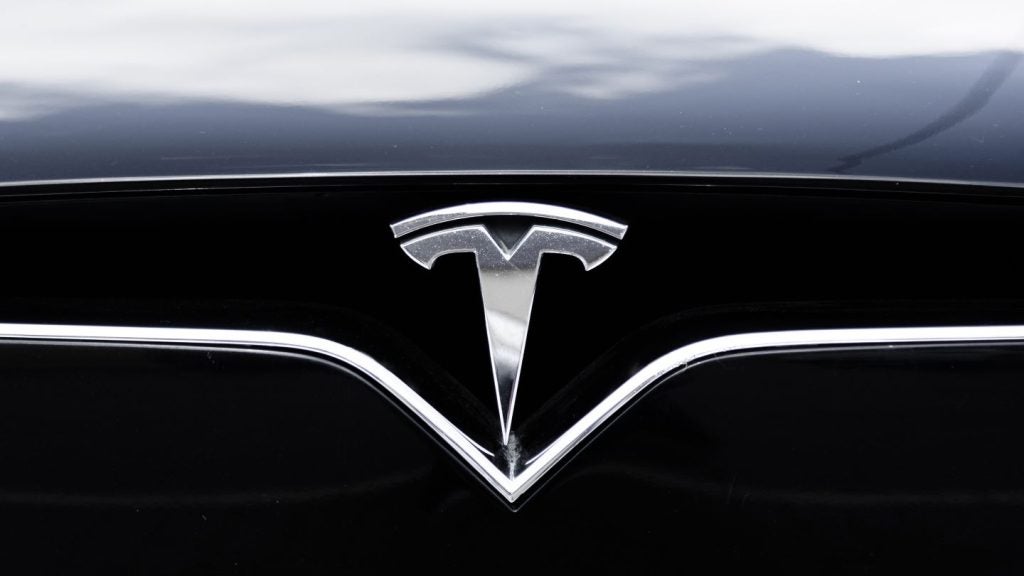Tesla CEO Elon Musk has announced the upcoming launch of the company’s self-driving robotaxi, the Cybercab, with an anticipated price point of less than $30,000.
The reveal took place at the We, Robot event in Burbank, California, where Musk also shared plans to introduce autonomous driving to Model 3 and Model Y vehicles in California and Texas by next year.
As reported by The Guardian, despite previous scepticism from analysts regarding Tesla’s delivery on its autonomous vehicle promises, Musk showcased 20 Cybercabs at the event.
He also provided attendees with the opportunity to test 50 fully autonomous vehicles across a 20-acre space.
The Cybercab is designed without a steering wheel or pedals and will feature inductive charging.
Musk explained that the vehicles’ computers were “overspecced” to enable an Amazon Web Services style of distributed computing across the car network.
He projected that the Cybercabs would be available “before 2027”.
The Tesla CEO envisions a future where autonomous cars can operate as Uber-like taxis or form fleets that compete with ride-share companies.
Tesla’s Model 3 and Model Y are set to transition to unsupervised self-driving, initially in California and Texas, with further expansion subject to regulatory approval.
While Musk confirmed that the S and X models would also receive autonomous driving features, he did not specify a timeline.
“With autonomy, you get your time back. It’ll save lives, a lot of lives, and prevent injuries,” he said.
With data gathered from millions of Tesla vehicles, Musk believes autonomous cars will be safer than human drivers.
“With that amount of training data it is obviously going to be much better than a human can be because you cannot live a million lives,” he said.
“It does not get tired, and it does not text. It will be 10, 20, 30 times safer than a human.”
Additionally, he introduced the Robovan, an autonomous van capable of transporting up to 20 people and goods, though pricing and production details remain undisclosed.
Tesla aims to roll out full self-driving technology in China and Europe in the first quarter of 2025.









